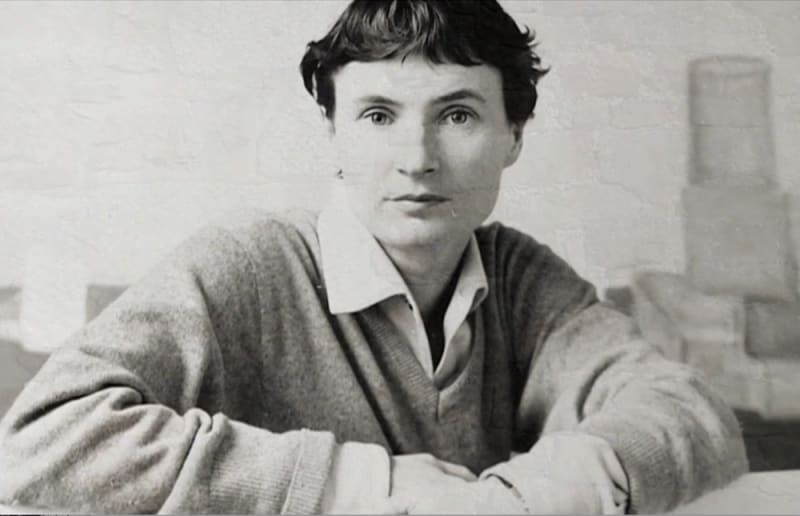Geneviève Asse
A central figure in twentieth-century French painting, Geneviève Asse embodies the rigor, light, and silence of modern pictorial expression. Born in Vannes, she spent her childhood in Brittany, on the Rhuys Peninsula, where her sense of horizon and her contemplative relationship with space took root. From an early age, the sea, the wind, the light, and the void nourished a body of work that, throughout her life, sought to capture infinity.
Trained in Paris, she discovered Chardin and, by the 1940s, was exhibiting her first still lifes — refined and silent. Committed to the Resistance and later to the Army of Africa as an ambulance driver, Asse made freedom — both inner and artistic — the guiding principle of her life. After the war, she gradually emerged as one of the distinctive voices of French abstraction, remaining faithful to a restrained palette and a lifelong pursuit of light.
By the late 1950s, her painting reached full maturity: forms dissolved, matter became transparent, and a dialogue arose between the visible and the invisible — a dialogue that would culminate in her celebrated “Bleu Asse,” a blue of serene depth that became her signature. Winner of numerous awards and represented in major public collections, Geneviève Asse was made a Grand Cross of the Legion of Honour in 2014 by the President of the French Republic.
